If we are to hold monuments accountable to history, then we should assess both the truth they tell and conversely whether they perpetrate an incomplete or false narratives. Monuments present us with several questions:
- What is the role of monuments in shaping how we conceptualize the present, and how we understand various groups within society?
- Does the monument really represent who we are, or rather who we imagine?
- What is the trajectory of their moral/ethical/cultural arc?
Some argue that when we remove a monument we are cancelling culture, rewriting history or reinterpreting our past. But for those monuments in question, the issue is that the history they present is fabricated in the first place and therefore removing the monument removes erroneous information from the record.
So why does it makes sense to remove some monuments from the public space? We find ourselves in a period of decolonization, where indigenous peoples in many parts of the world are working to recover their lost histories, culture, stature, etc. Removing monuments installed by the colonizers is arguably part of this process. It is:
- An act of reclaiming public spaces that are meant to be inclusive.
- Re-evaluate the existing narrative, making room for alternative viewpoints; dismantle specific narratives about racial, cultural, or national superiority.
- Removing a visual symbol of historical traumas; “de-glorify” individuals or events associated with colonization, slavery, or other forms of oppression; changes what a society chooses to honour; removes approval or even idolization of individuals who engaged in ethically indefensible actions.
- Removes a rallying point for groups that seek to perpetuate hate, inequality, or division.
However, there are cases where retaining monuments, possibly with modification, is compatible with the decolonization process:
- Removing monuments is akin to erasing history. The argument is that all history is valuable, even if the record recalls uncomfortable events, for understanding a nation or community’s development, warts and all.
- Adding contextualizing plaques or counter-monuments could provide a more nuanced understanding, turning the monument into an educational opportunity; can spark essential public dialogue about history and ethics.
- Removing a monument because it is offensive to some might set a precedent that undermines democratic decision-making.
How do we differentiate between those that should be kept from those that deserve to be removed? We might navigate the following dichotomies to determine the course of action:
- Assess the consequences to overall societal well-being of keeping / removing a monument
- Balance the glorification of an oppressive historical figure vs. the act of updating (completing) the full historical narrative
- balance the potential perpetuation and celebration of immoral acts vs. encouraging the society to engage with its history, warts and all.
- The marginalization or dehumanization of a particular group vs. freedom of expression
- Social harmony vs. respecting traditions and histories that are important to some communities.
It is clear that there is no single answer, rather a case-by-case assessment is required to find a balance acceptable to all interested parties.
Gallery
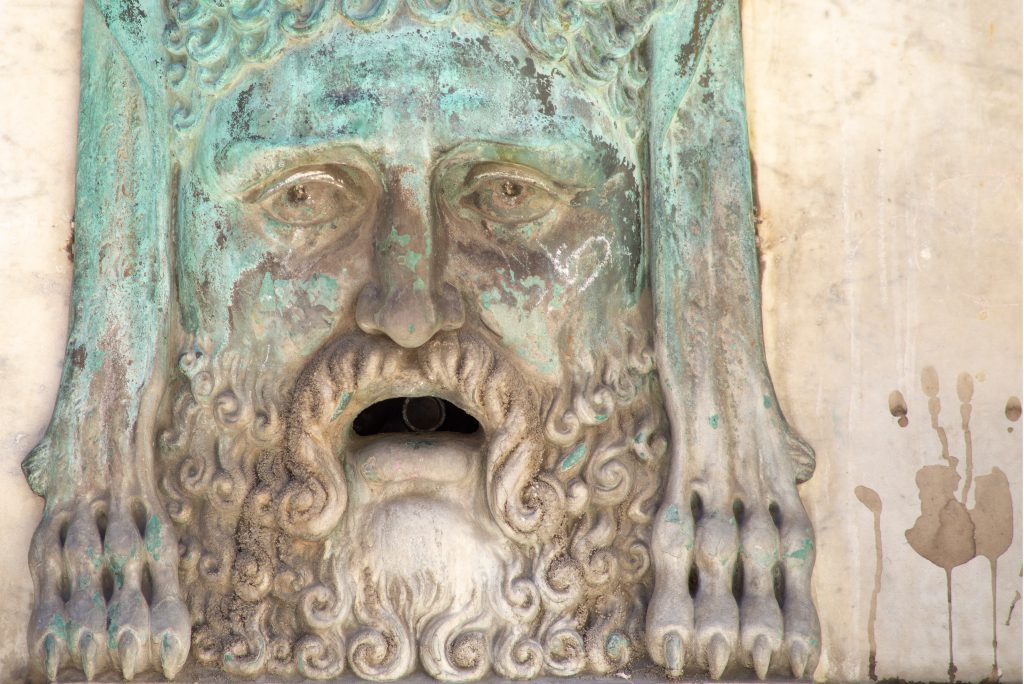
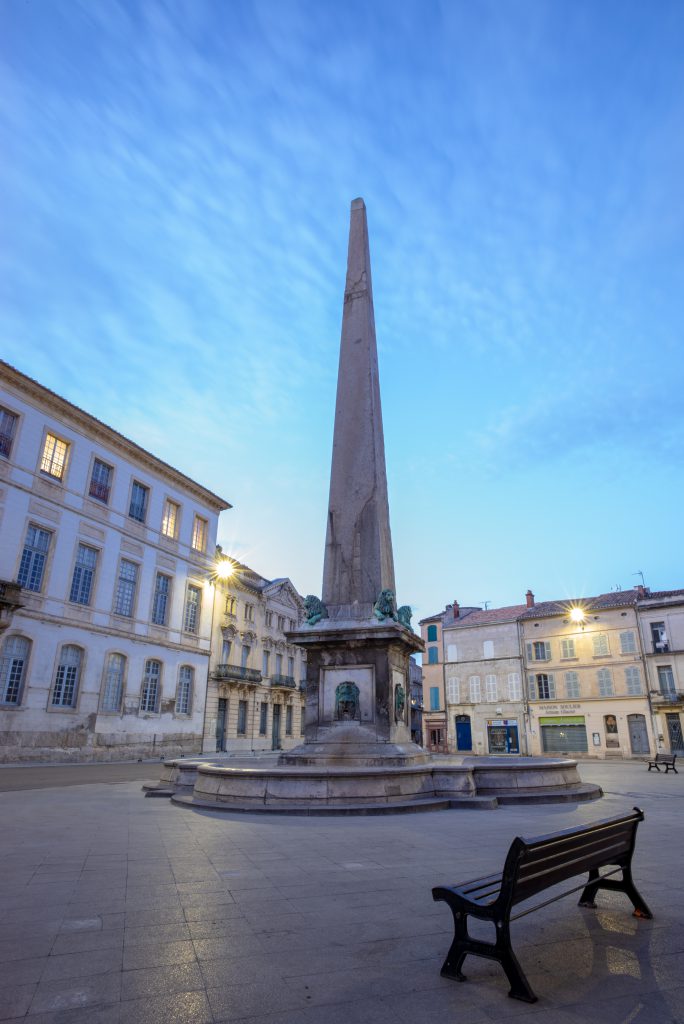
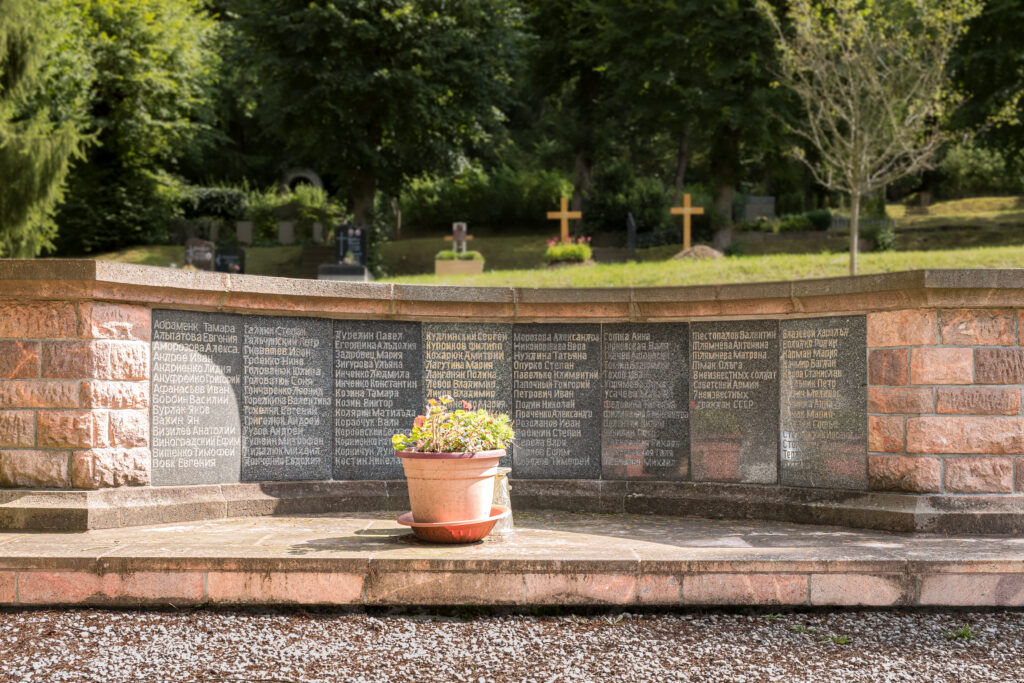
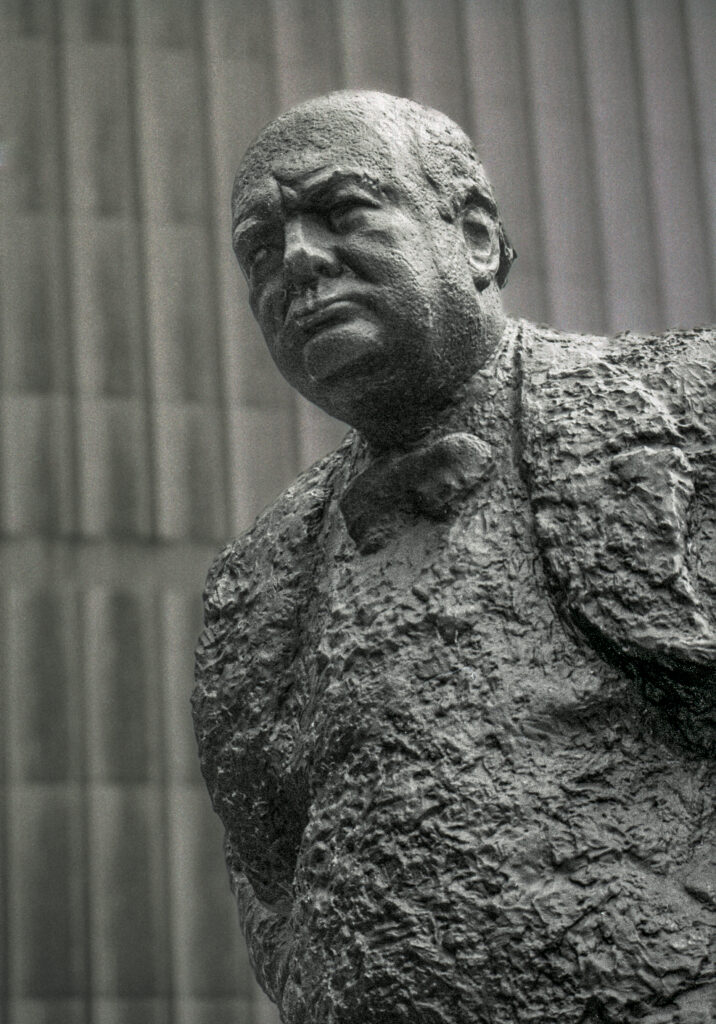

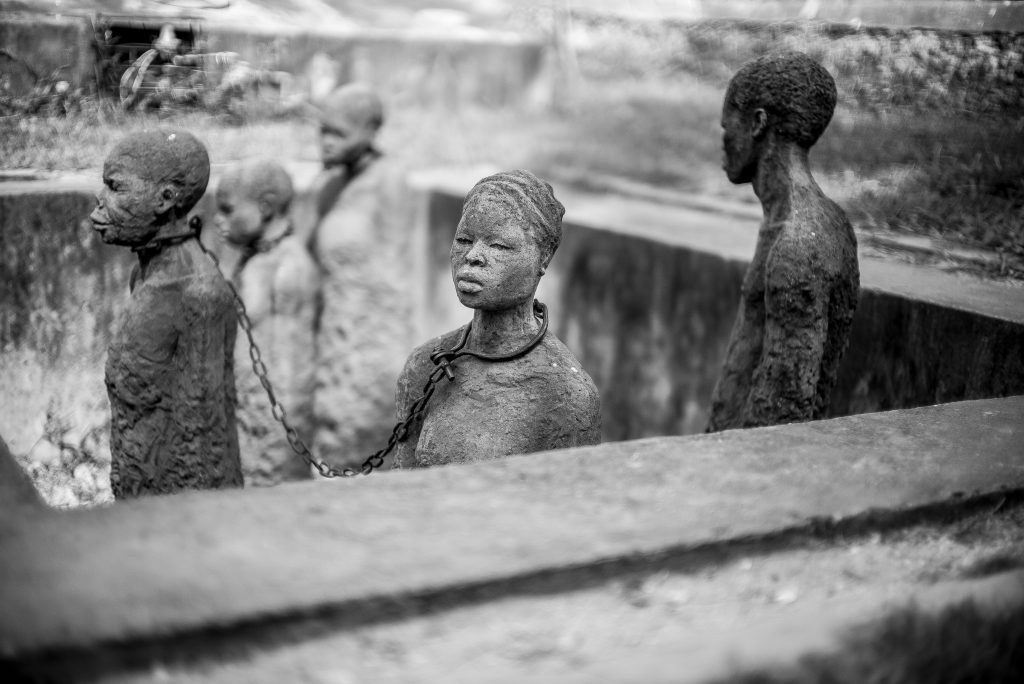

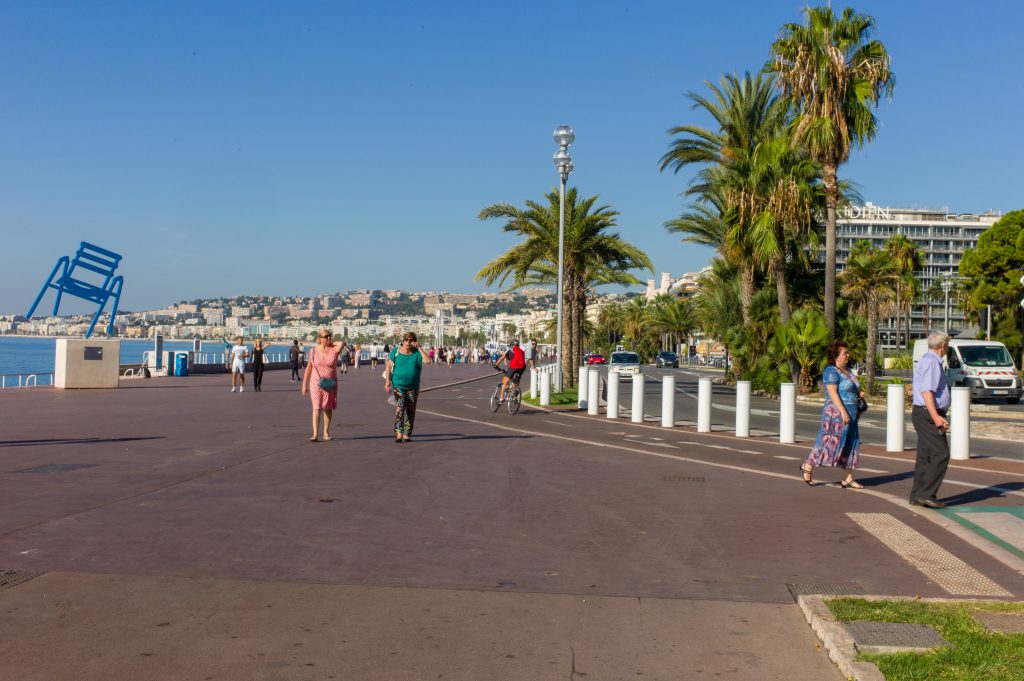
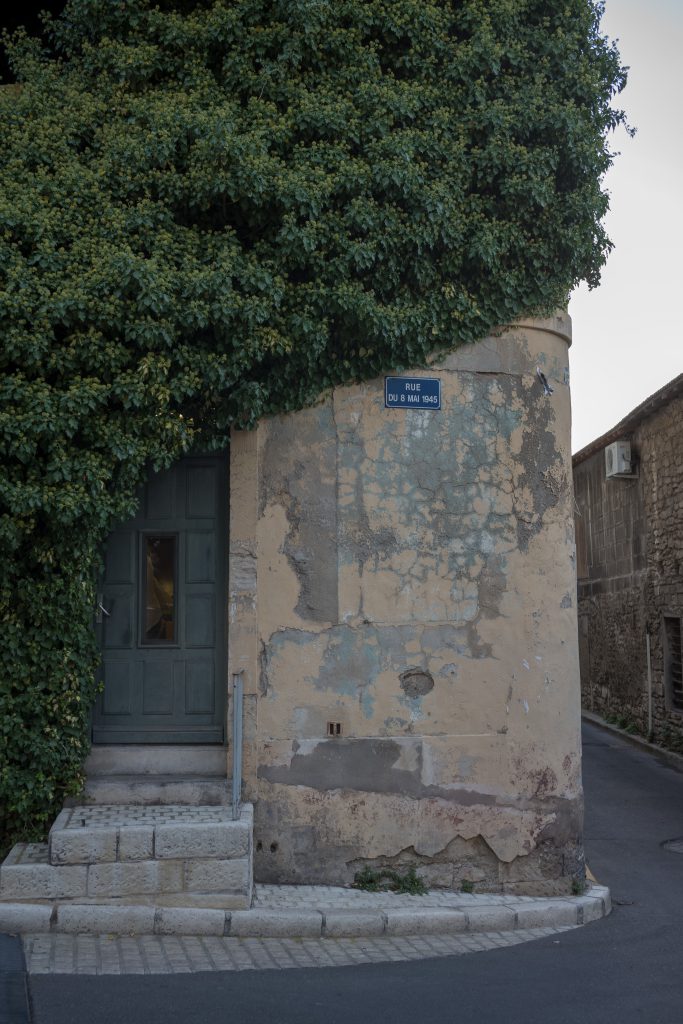
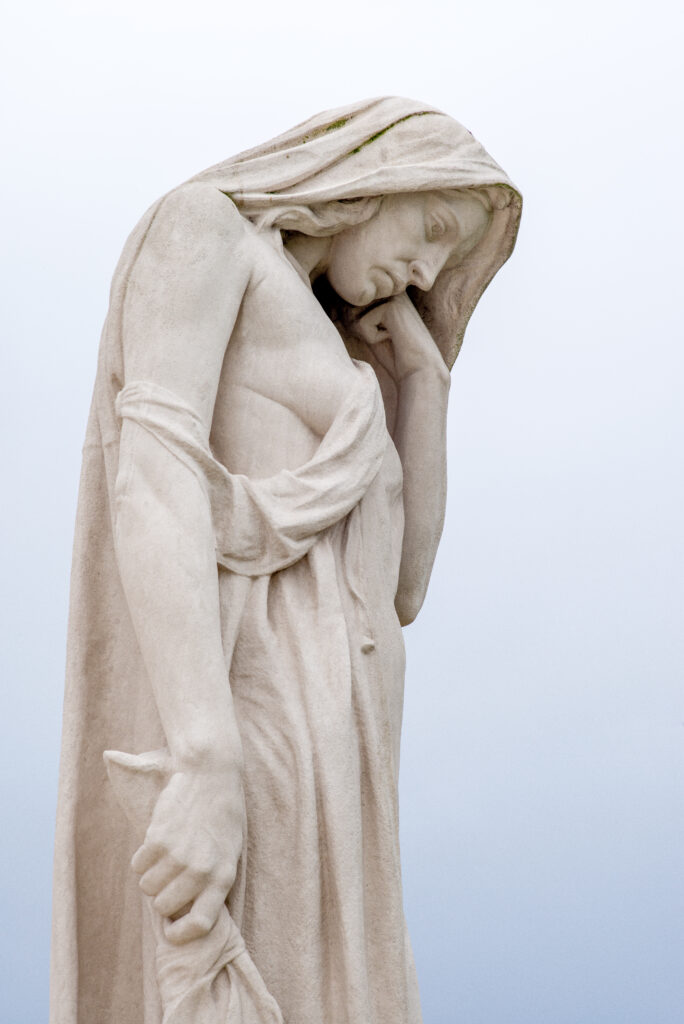
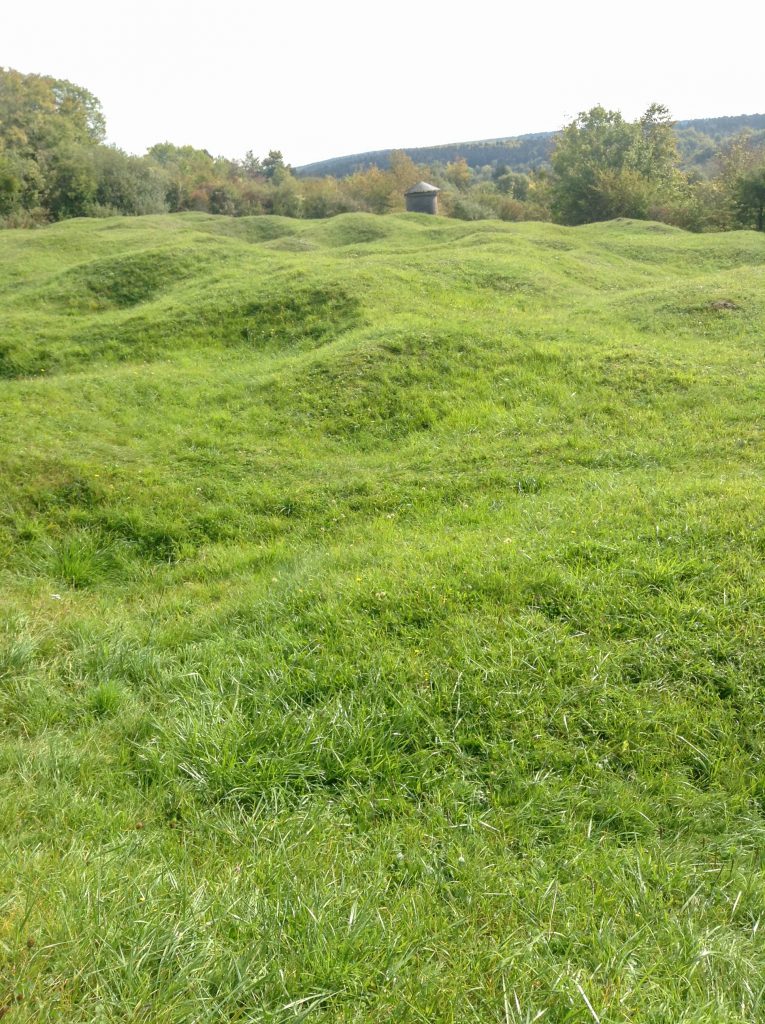
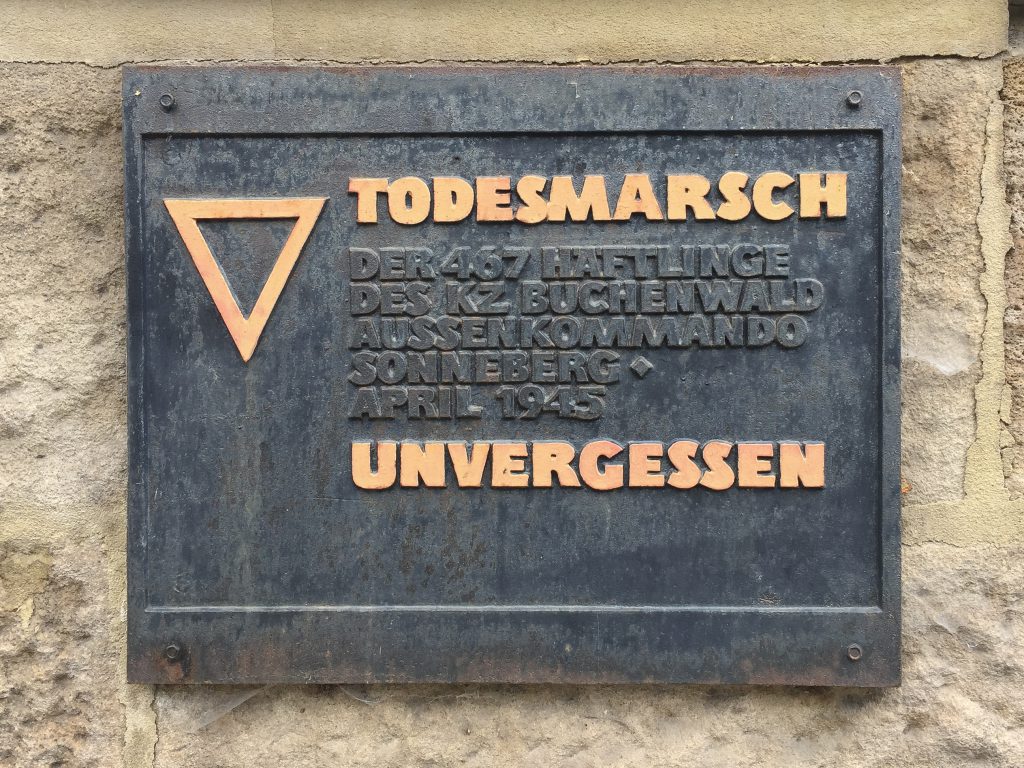
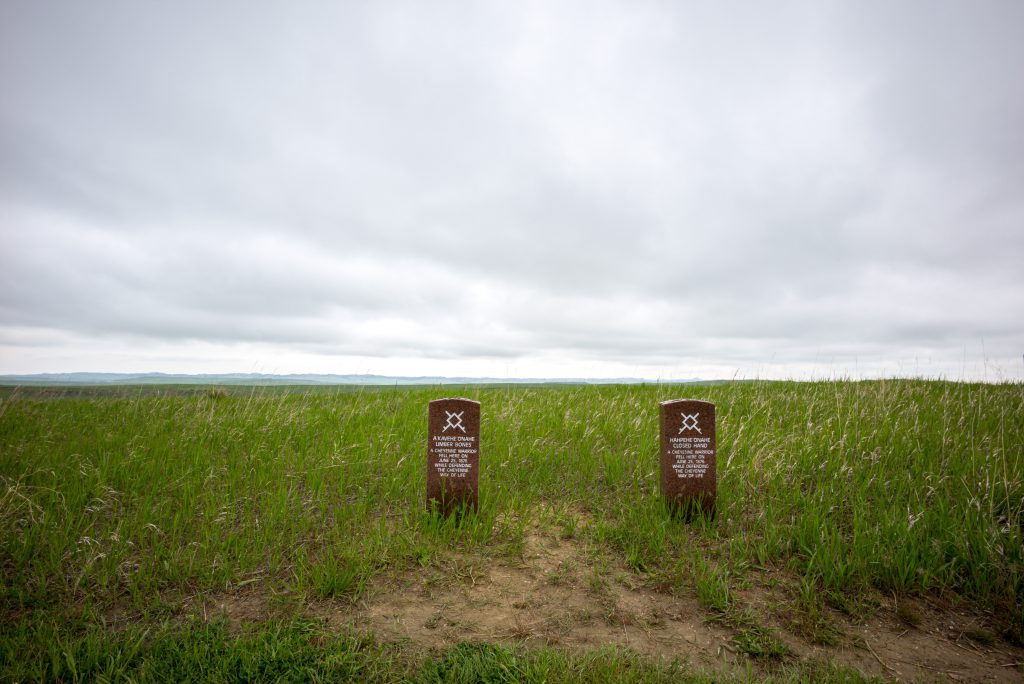
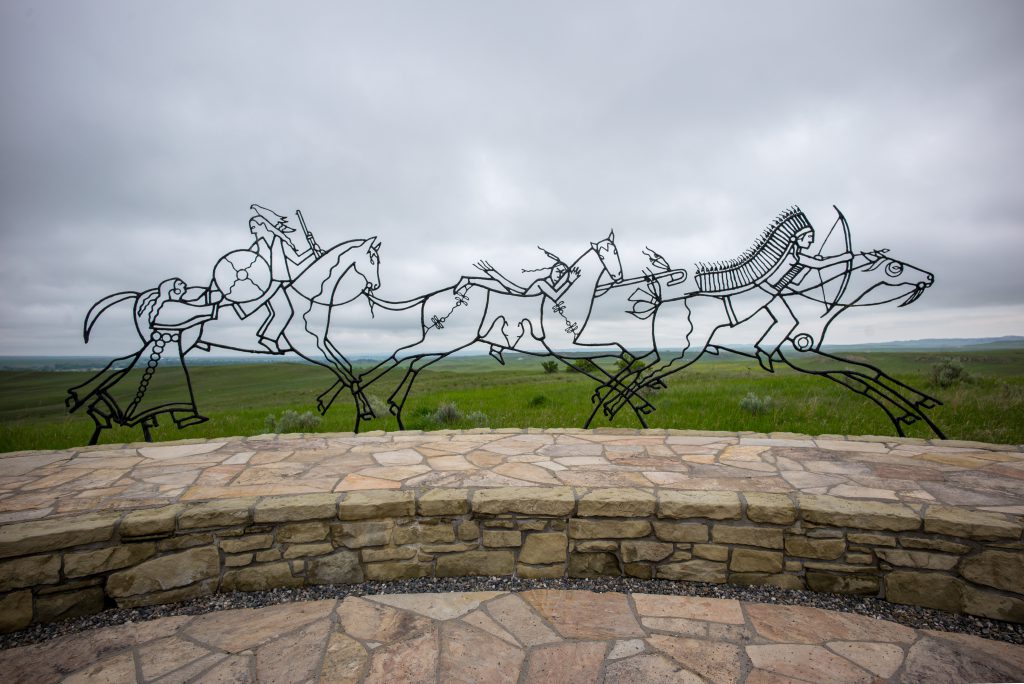
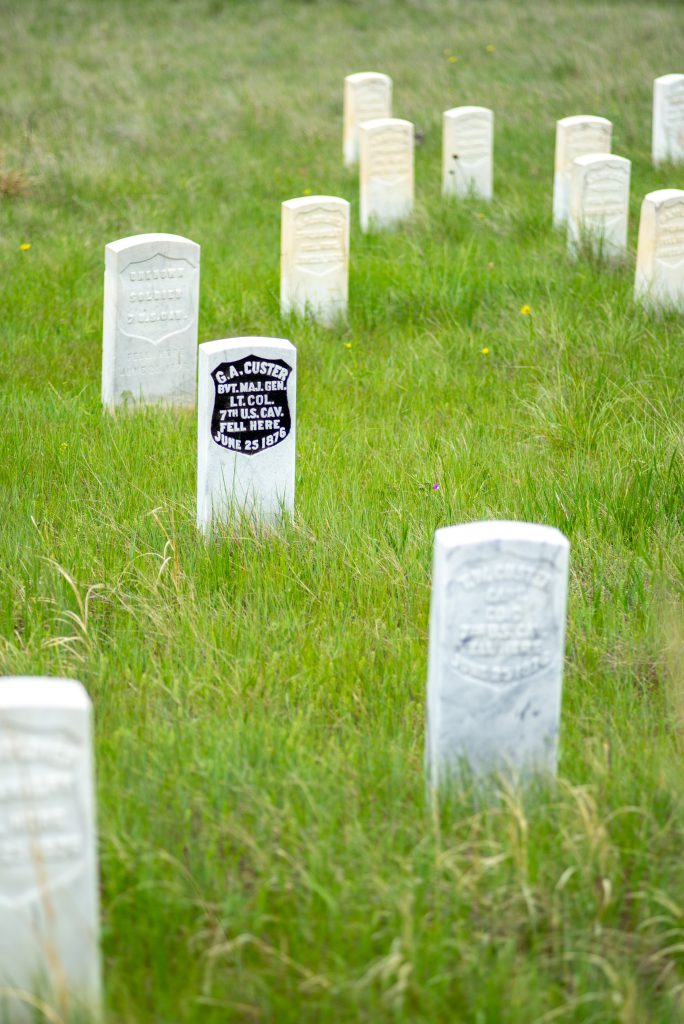
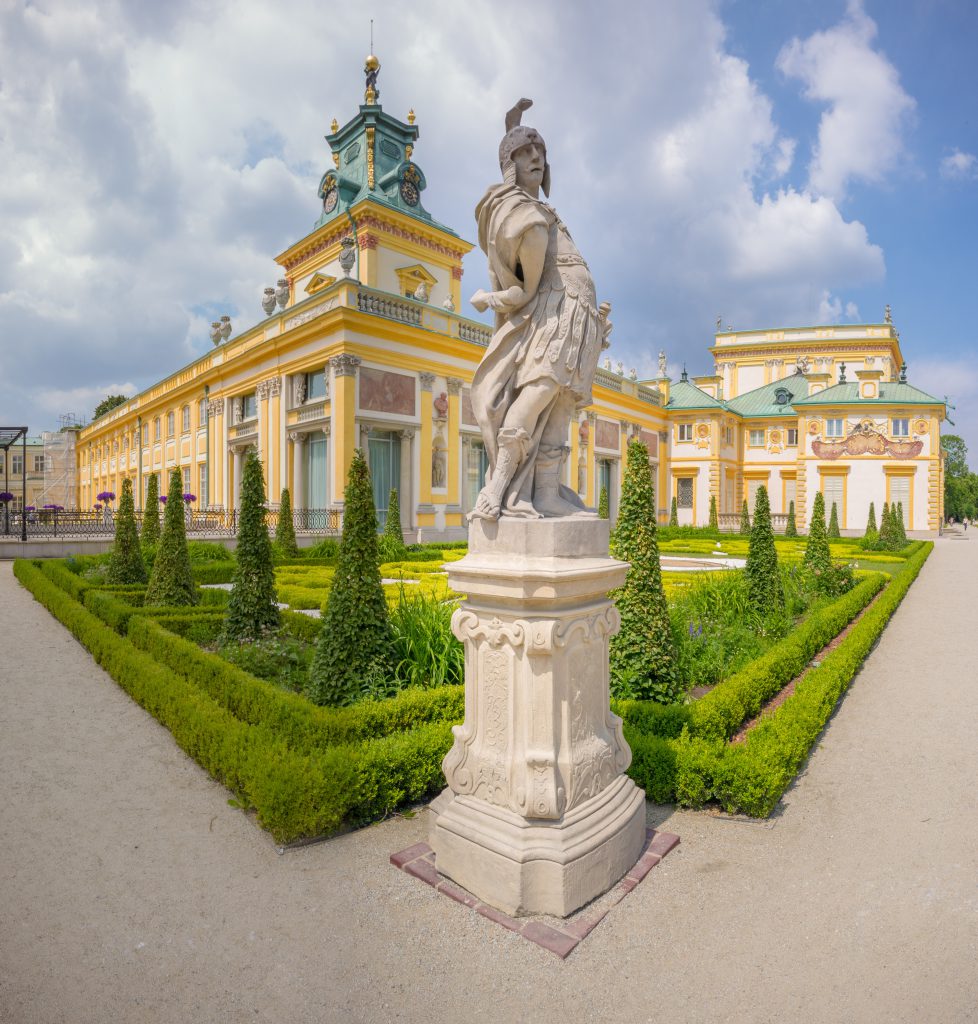
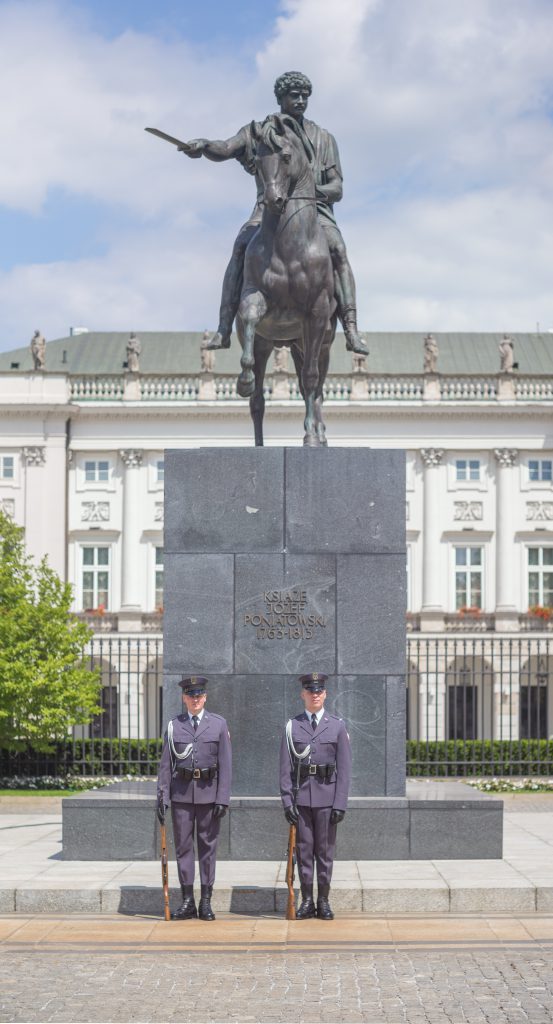
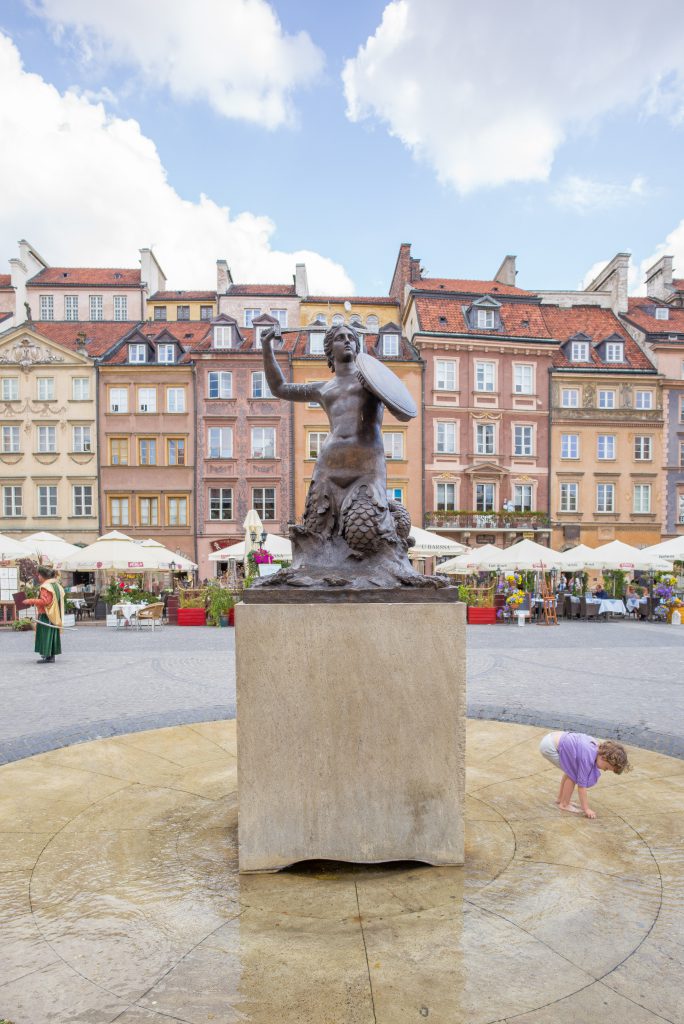

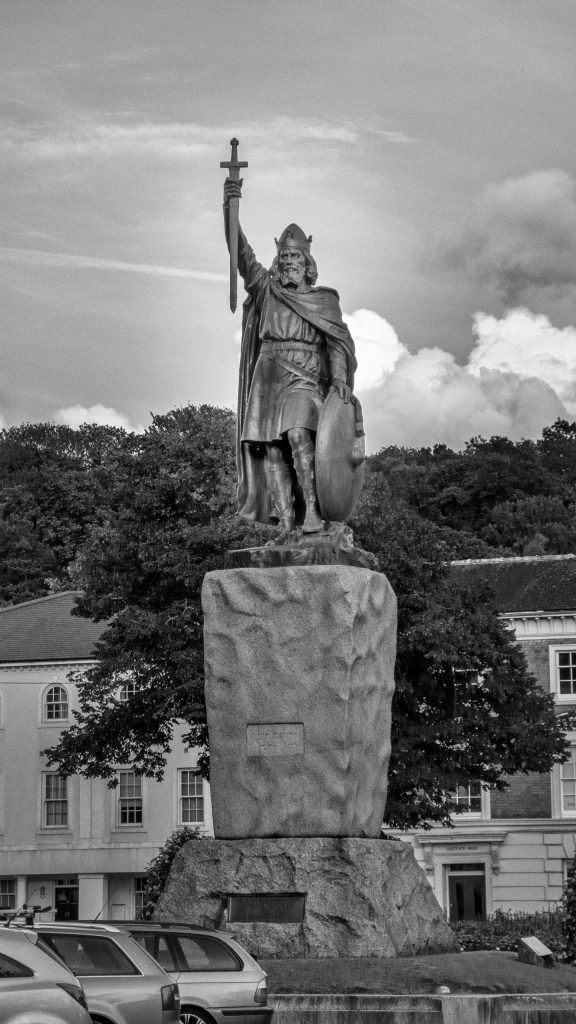
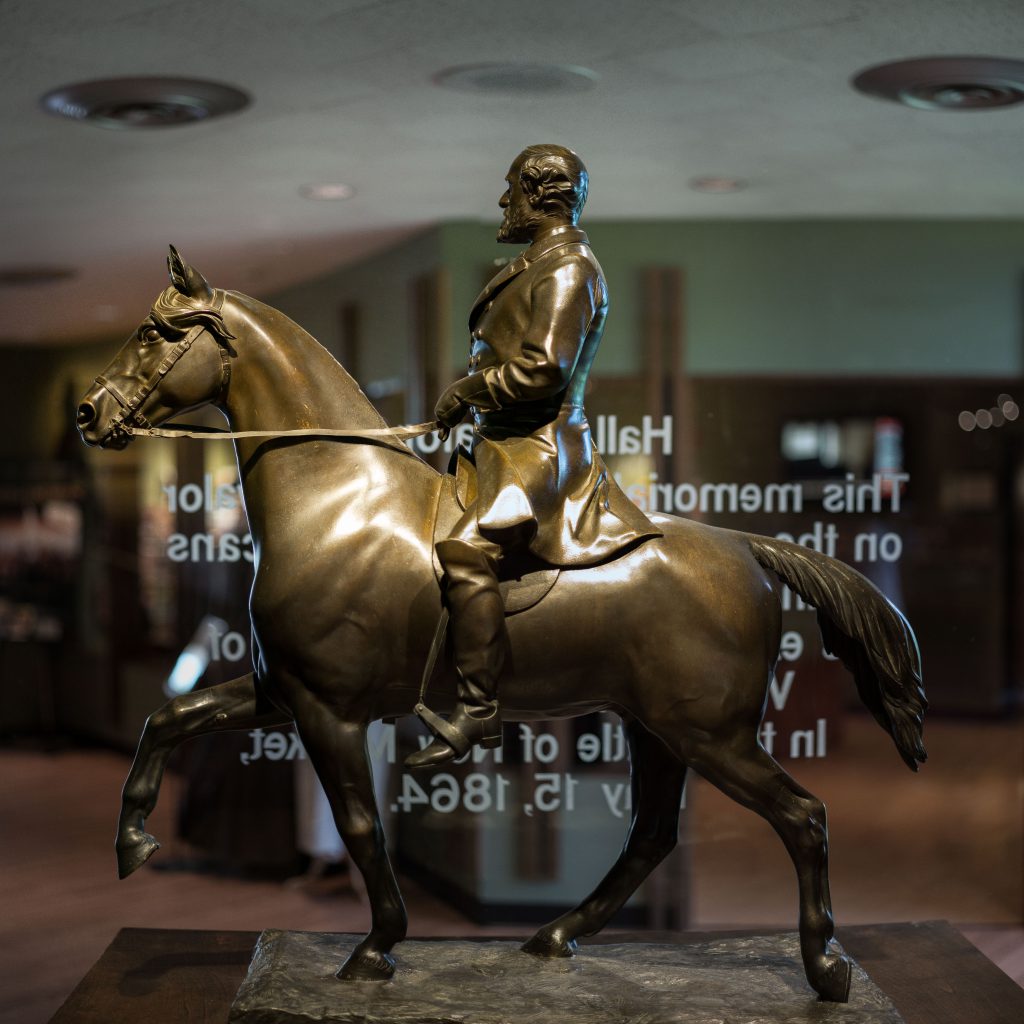
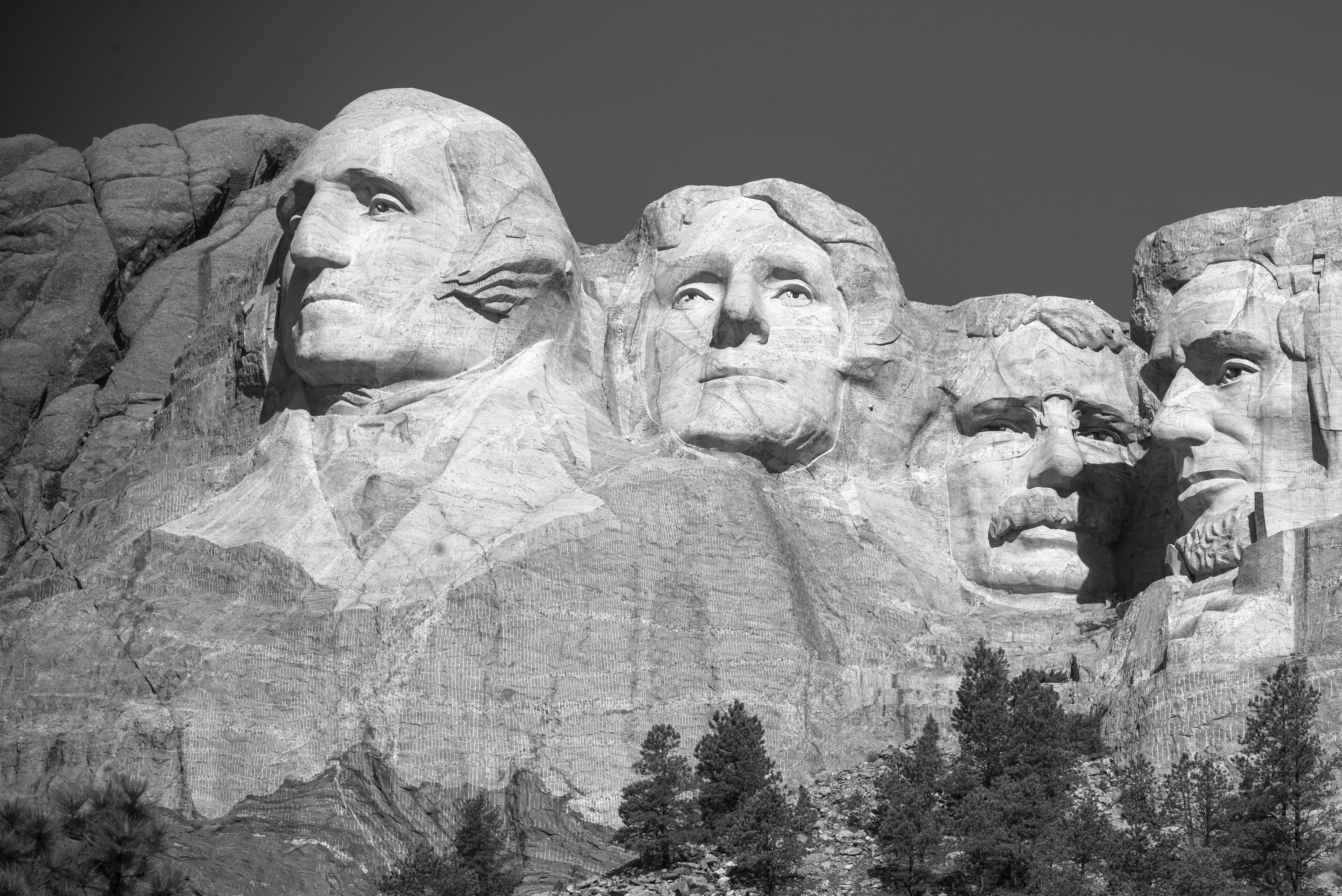
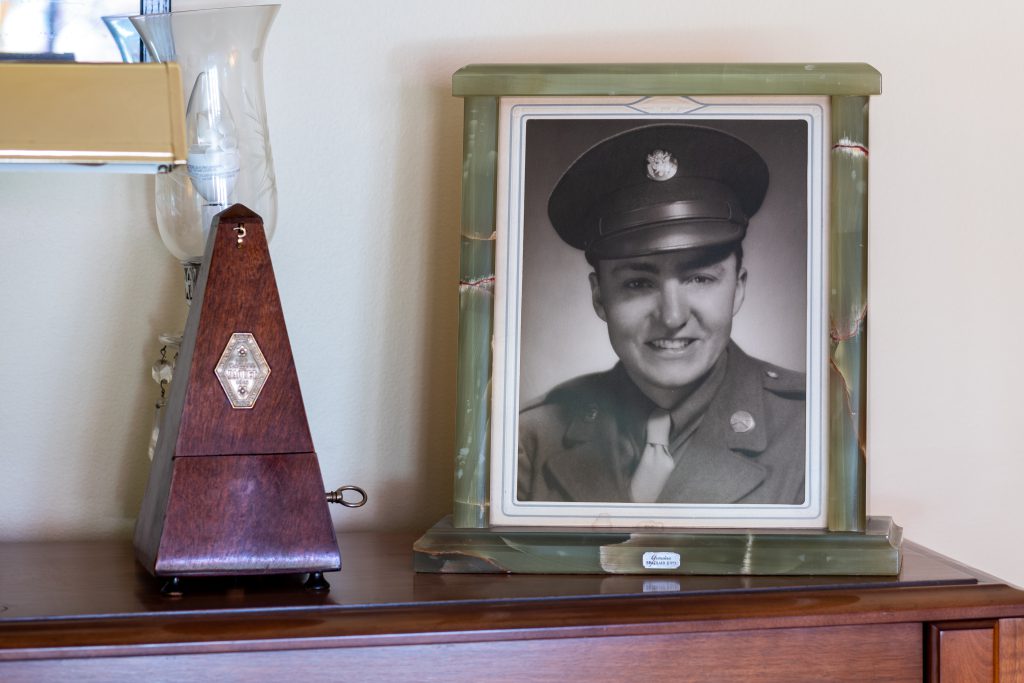
Context:
As a result of “Black Lives Mater” protests (circa 2020), statues of historical figures have come under scrutiny. In this work, I look into monuments, their purpose, effect and our emotional links to them. From that starting point I explore a broader context of memory scapes, where monuments are one of many objects that represent, store, communicate memories.
Summary:
Key points drawn from my readings are summarized below:
- Definition: Monument definition:
- they commemorate past events, people, ideas and ideals
- “Traditionally, commemoration was mainly about the celebration of heroes, martyrs, and glorious events that exuded grandeur and meant to evoke veneration. To this category belonged war memorials, statues of politicians, and monuments to generals and military victories that cast the national past in a heroic mold.”
- the World Heritage Convention includes both cultural and natural heritage. They include cities, architecture, landscapes, marine environments.
- more broadly they are memoryscapes
- Purpose: What is the purpose of a memorial / monument / narrative?
- Is it to align the people with a single, national / cultural narrative; is it to represent a memory and all its warts [the divergent perspective on what that memory is]; is it to serve some broader strategic / political purpose; is it to define a new narrative and escape the old; is it to bolster the position / legitimacy of the state?
- We might even ask “what scope is a narrative to cover?” Is it national, cultural, regional, municipal, …
- Authenticity / Truth: The physicality of the monument lends a sense of authenticity / truth to the narrative
- anything memorialized is [becomes] important [the existence of the monument in itself implies importance]
- an association with printed materials, an information centre, guides, etc. helps us understand / interpret
- Link to Past: Monuments keep our past in the present.
- A monument is an actualization of the past.
- the history they represent links generations together
- it defines (establishes) the common / official narrative (it is supposed to express the common history)
- it is supposed to bring together the community
- alignment + bonding
- alignment + bonding
- Embodies a Narrative:
- Traditionally monuments convey the official narrative about our past
- A monument can be source of information and/or enlightenment to inform people of unknown / hidden past events
- Monuments may be used as a propaganda tool
- A monument could represent something we want to believe in, rather than what is really the truth
- They can become a national brand: the “American Dream”; the “West”
- Monuments, like memory, are socially constructed
- The narrative presented by a monument is often incomplete, some things are purposely ignored or simplified away
- Traditionally, monuments intend to highlight the progressive narrative [5] and in doing so they leave the darker side, the injustices unsaid. By ignoring the injustices of the past, communities permit them to continue into the present and without action, into the future. While adding a plaque that informs us of the missing part of the story is a good first step, without action to curtail the injustices that continue we have simply a “feel good” exercise.
- unless there is action as such monuments are about both remembering and forgetting
- Source of Debate: The monument could become a locus of debate, review, reassessment
- as social norms change, but with the monument anchored in a past narrative a past set of “norms”, it becomes out of touch and thus a source of debate
- A monument allows us to see how people thought about things in the past, how we have changed, may be for the better (past norms vs. current norms)
- Participation in the Debate: Who do we let contribute to the debate over our norms
- traditionally the norms or narrative represented in a monument where directed by the sponsors (government, elites, …)
- the push now is for broader participation (e.g., community-based art) that seeks a broader more inclusive narrative
- The Failure to Resolve: “Replacement and vandalism figure prominently in periods of discontinuity in the political history of societies and regimes” [0]
- or put another way, unresolved narrative expressed through monuments are vandalized; being unable to resolve issues peacefully results in violence.
- the global response / reaction to the many monuments that fail to expose the “darker side” indicates how widespread are the issues of subjugation and suppression and to blame it on a single cause [political system, leader, economy, elites] is unrealistic.
- The removal of a monument, delegitimizes the narrative for which it stood. It recasts from authoritative / true; it discredits. It begins the process of “forgetting”
References
- Araujo, Ana Lucia. Toppling monuments is a global movement. And it works. Washington Post
- Foote, Kenneth E., Azaryahu, Maoz. Toward a geography of memory: geographic dimensions of public memory and commemoration
- Friedlander, Lee. The American Monument
- Hasian, Marouf and Paliewicz, Nicholas. Atlantic Journal of Communication The national memorial for peace and justice, dark tourist argumentation, and civil rights memoryscapes
- ICOMOS. The 40th anniversary of the World Heritage Convention: Recognising challenges for the future
- Kennicott, Philip. Mount Rushmore is colossal kitsch, perfect for a populist spectacle, Washington Post
- Kinossian, Nadir. City as Haunted Landscapes
- Koudelka, Josef. Ruins,
- Lachemi, Mohmed. Message from President Lachemi about weekend protests
- “National Monument Audit.” n.d. Monument Lab. Accessed April 25, 2024. https://monumentlab.com/audit.
- N.d. Monumentlab.com. Accessed April 25, 2024. https://monumentlab.com/monumentlab-nationalmonumentaudit.pdf.
- “National Monument Audit — Educator’s Guide.” n.d. Monument Lab. Accessed April 25, 2024. https://monumentlab.com/nma_educators_guide.pdf
- Ochman, Ewa. Post-communist Poland – Contested Pasts and Future Identities (London and New York: Routledge, 2013)
- Pinson, Stephen. Monumental Journey: The Daguerreotypes of Girault de Prangey
- Smith, Laurajane. Class, heritage and the negotiation of place
- Waldman, Paul. Why Donald Trump is standing up for the Confederacy, Washington Post
- Weiner, Andrew S. Memory Under Reconstruction: Politics and Event in Wirtschaftswunder West Germany
- Wikipedia. Monument
Blog Posts:
-
Monuments
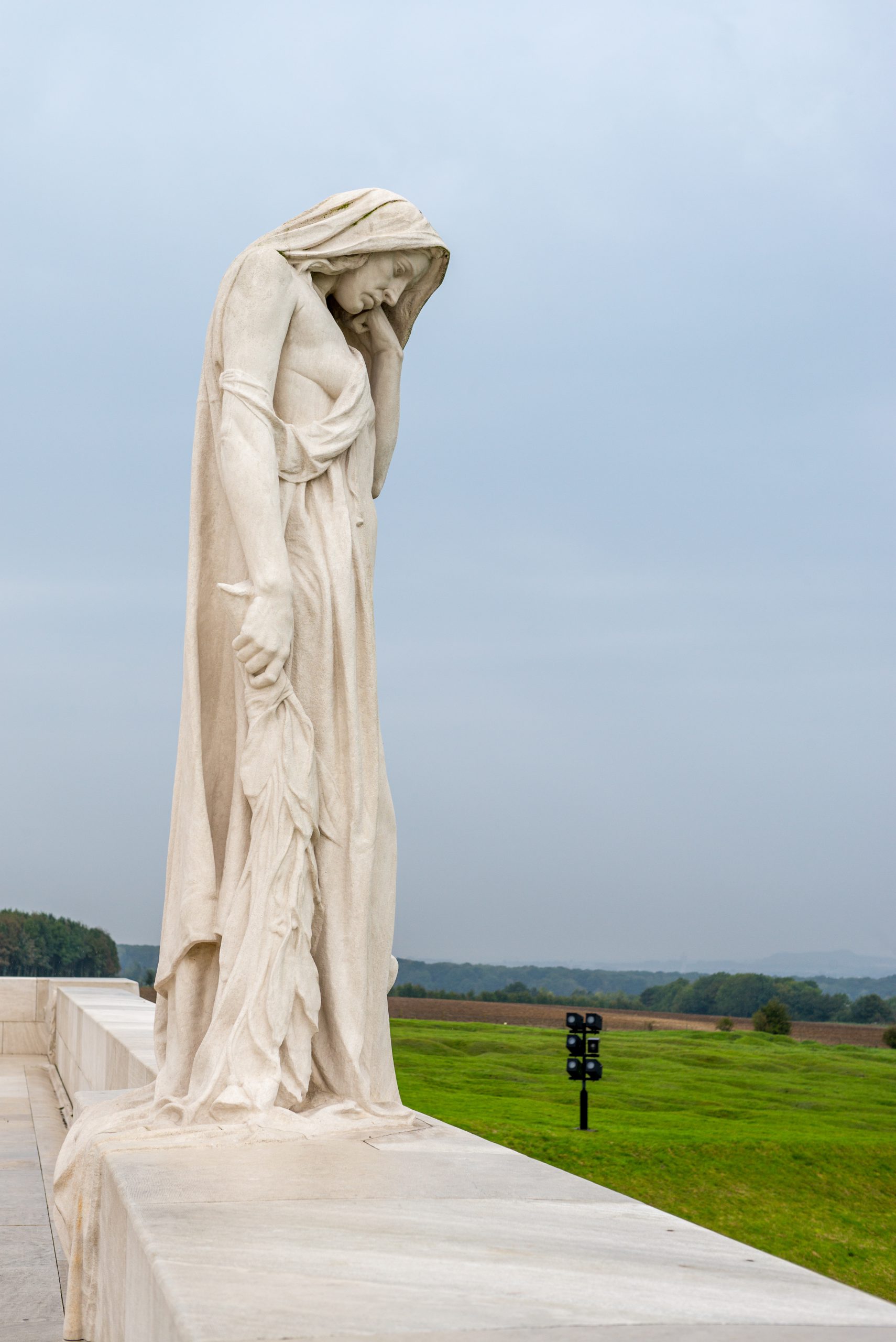
The recent Black Lives Matter protests have taken a turn to attacking the statues of prominent historical figures [1] [2]. The issue they raise is that many of these monuments promote only a progressive narrative, but rarely do they disclose the “dark side”, such as involvement in the slave trade, the creation of residential schools,…
-
What’s in a statue?
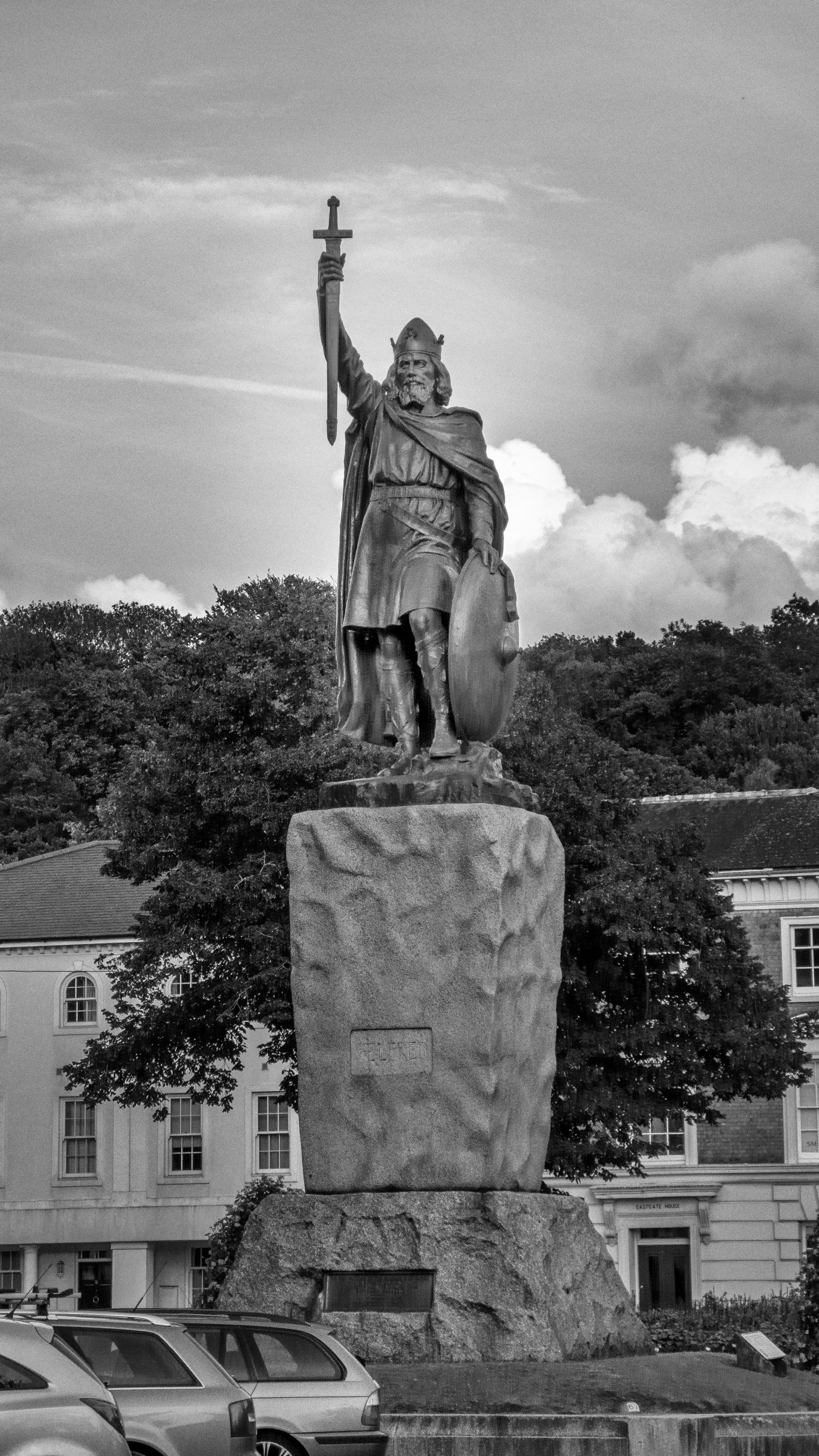
“We may recognize in the legendary Alfred the product of many hundreds of years of English history, and indeed it is this that gives the legend its particular and abiding interest [4,356].” The statue of Alfred the Great in Winchester, England, was commemorated in 1901 to celebrate the thousandth anniversary of his death. Seeing the…
-
Monumental Tensions
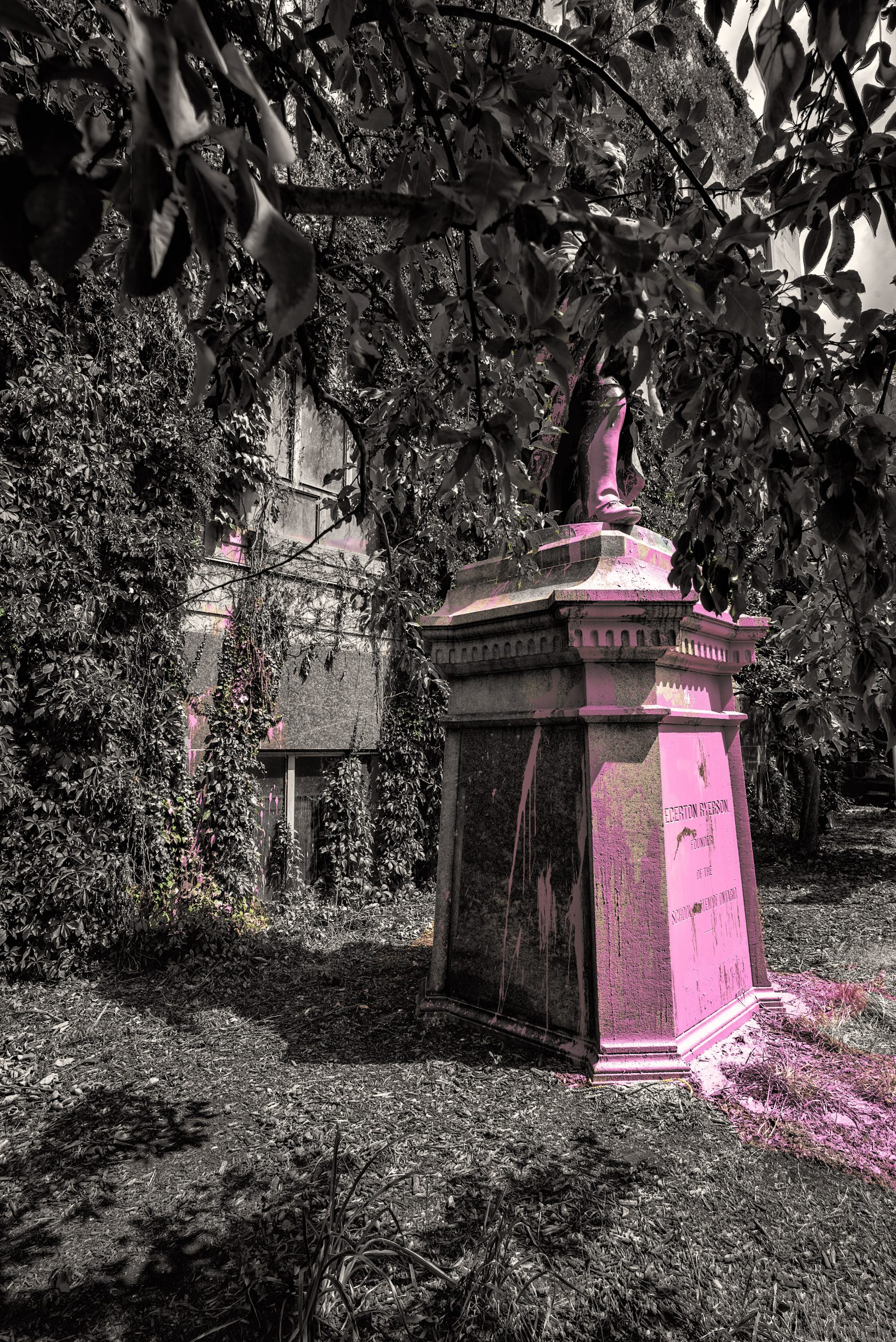
“Adolphus Egerton Ryerson (1803–1882) was a Canadian Methodist minister, educator, politician, and public education advocate in early Ontario.” (Wiki,ER) Ryerson helped found several institutions, which later evolved into ones known today: the Royal Ontario Museum; Victoria College as part of the University of Toronto; the Ontario College of Art & Design; the Ontario Agricultural College and the University of…
-
Monumental Battles
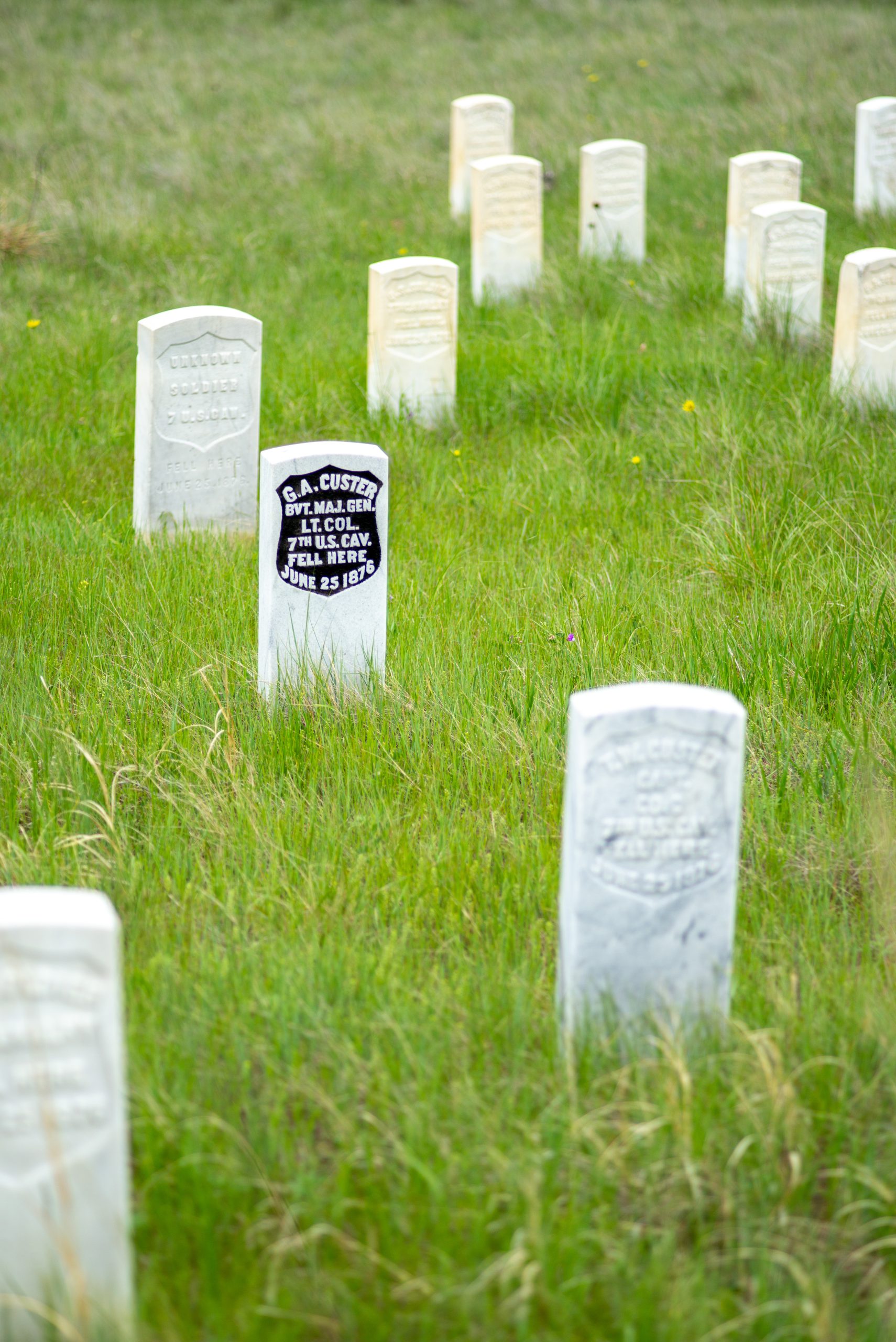
For those unfamiliar with “Custer’s Last Stand”, the simple story is that in 1876 a troop of 7th US Cavalry, led by George Armstrong Custer, were wiped out by the “Indians.” The truth is of course a little more complex, and more ambiguous, than the popular narrative suggests (see Wikipedia for a comprehensive overview; Smithsonian Magazine…
-
Monuments #1
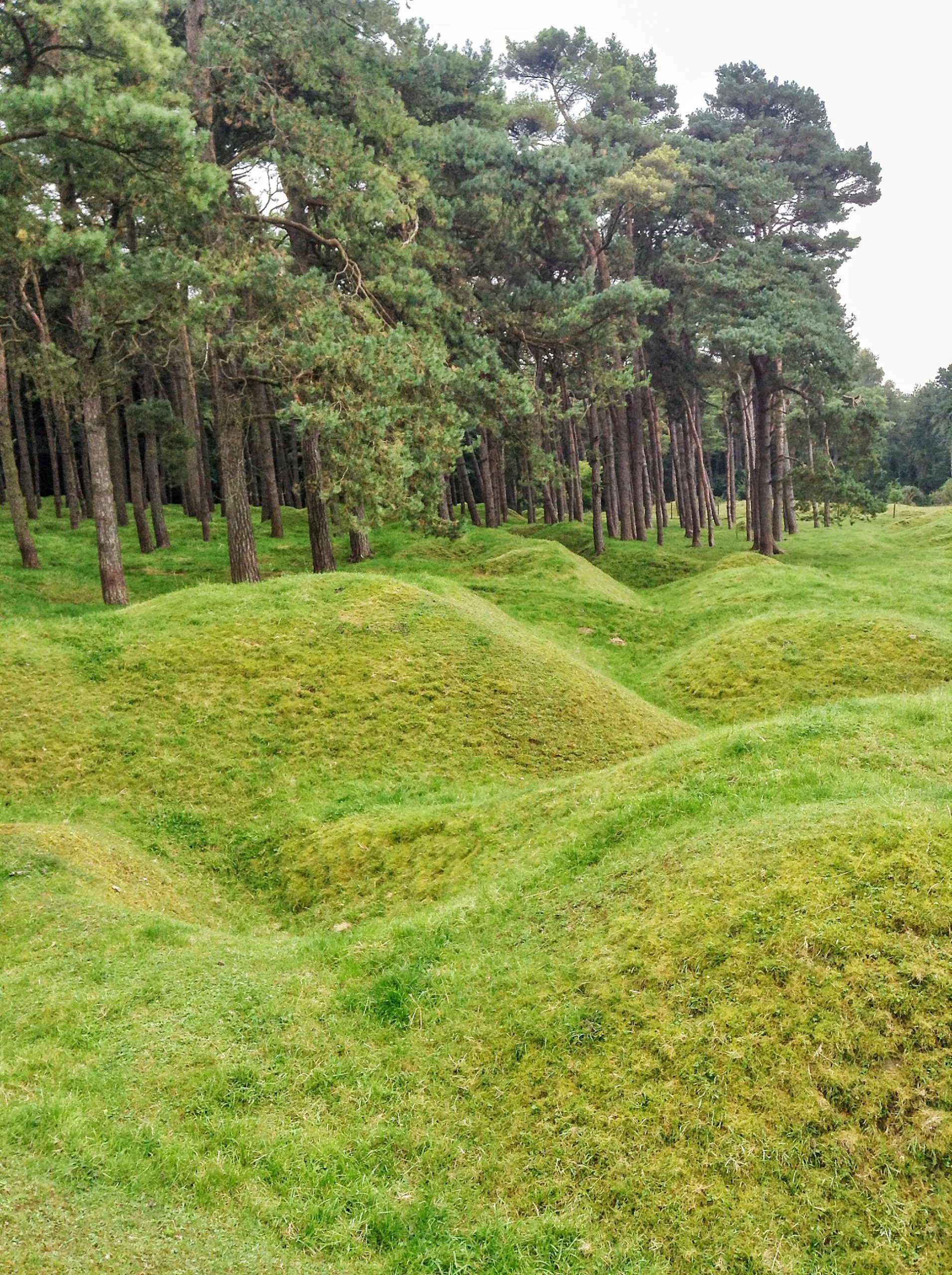
Monuments are: A monument is a type of structure that was explicitly created to commemorate a person or event, or which has become relevant to a social group as a part of their remembrance of historic times or cultural heritage, due to its artistic, historical, political, technical or architectural importance. Some of the first monuments…
-
Family Monuments
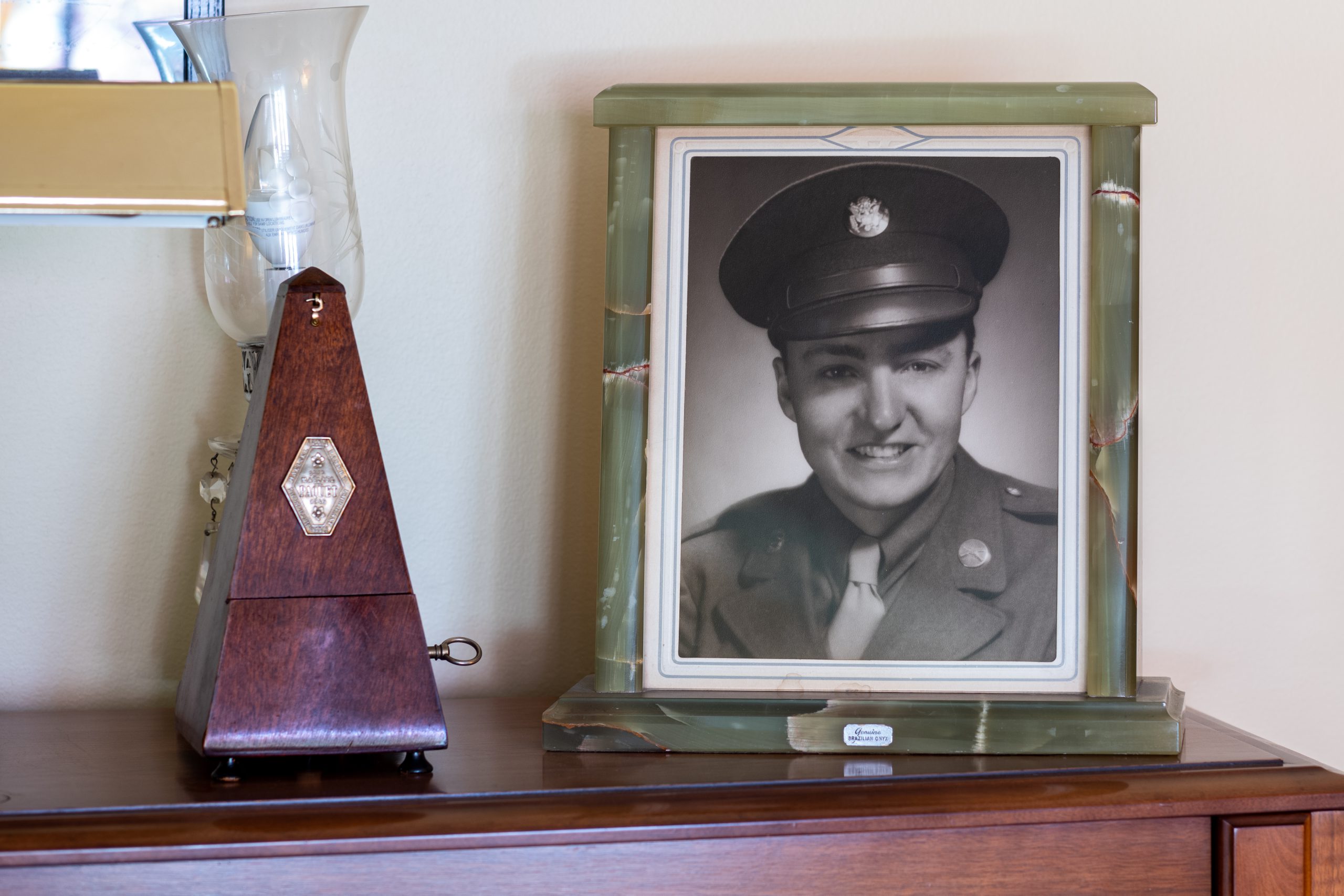
My uncle was born in Detroit on April 29th, 1923. In October of the same year, he moved with his parents to their home town, Sonneberg Germany. On September 29, 1929 they landed in Toronto, along with my father who was born in Sonneberg. Bill boarded a train in Toronto on its way to California…
-
Benchmarks of Progress?

Both George Washington, first President of the United States, and Thomas Jefferson, author of the US Constitution and third President of the United States, recognised the dilemma of slavery. “Washington conceded the system of human bondage that underpinned the economy of 18th Century Virginia was a ‘wicked, cruel and unnatural trade’.”[1] And Jefferson “A bon…
-
Lights

In a New York Times article, “Turning Off the Lights Does Save Electricity”, published February 3, 1974, the advice was to turn off your lights when not in use. Turn off lights when not needed. If all three million customers in New York City and Westchester County cut off a single 100‐watt bulb that might…
-
Questions about Monuments
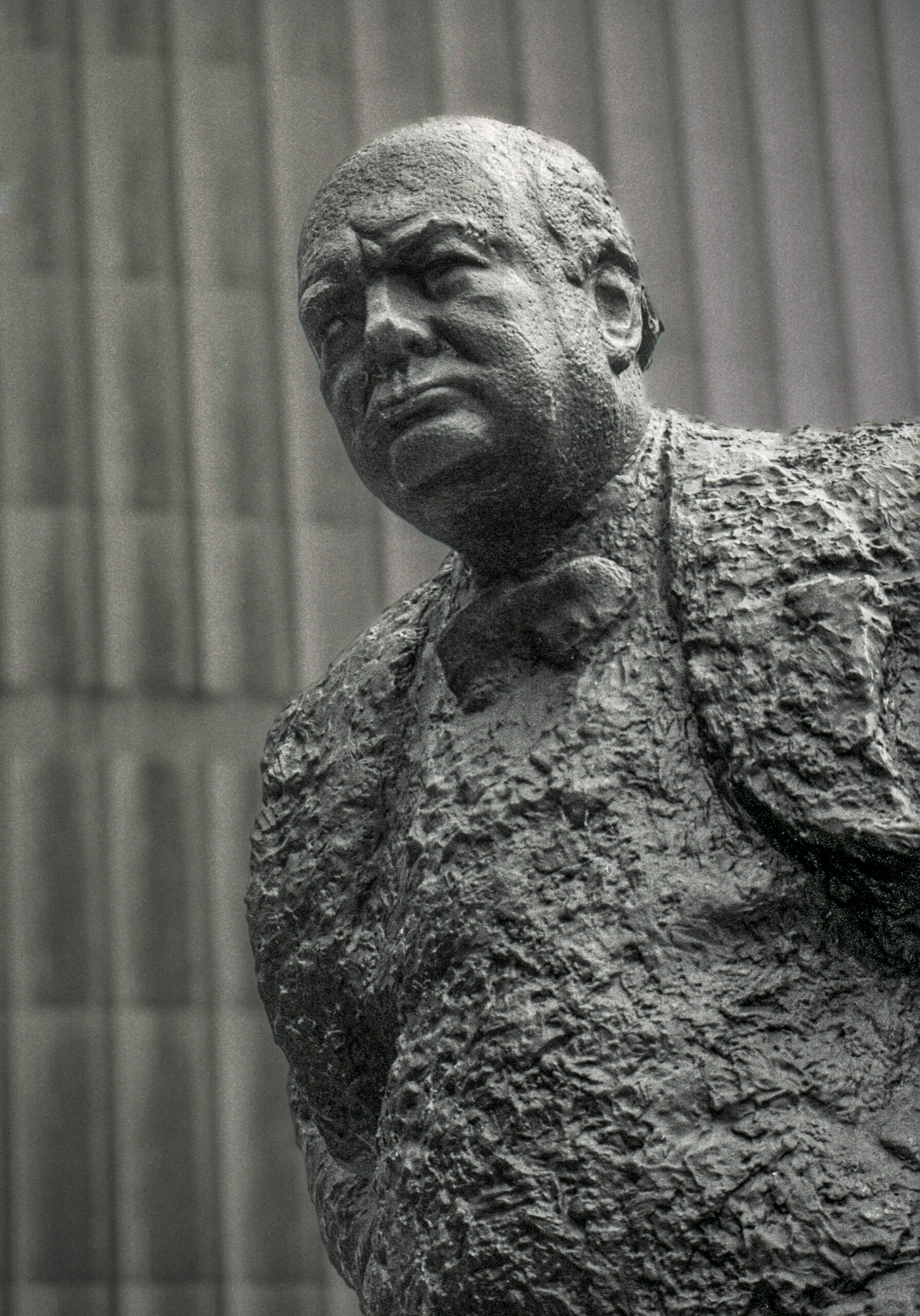
Preamble: This is the first in a series of entries I will post over the coming weeks that continues my study into the movement to take down monuments, and change place names. The question I keep asking myself is why does it makes sense to remove some monuments from the public space? What are the…
-
No One is Perfect
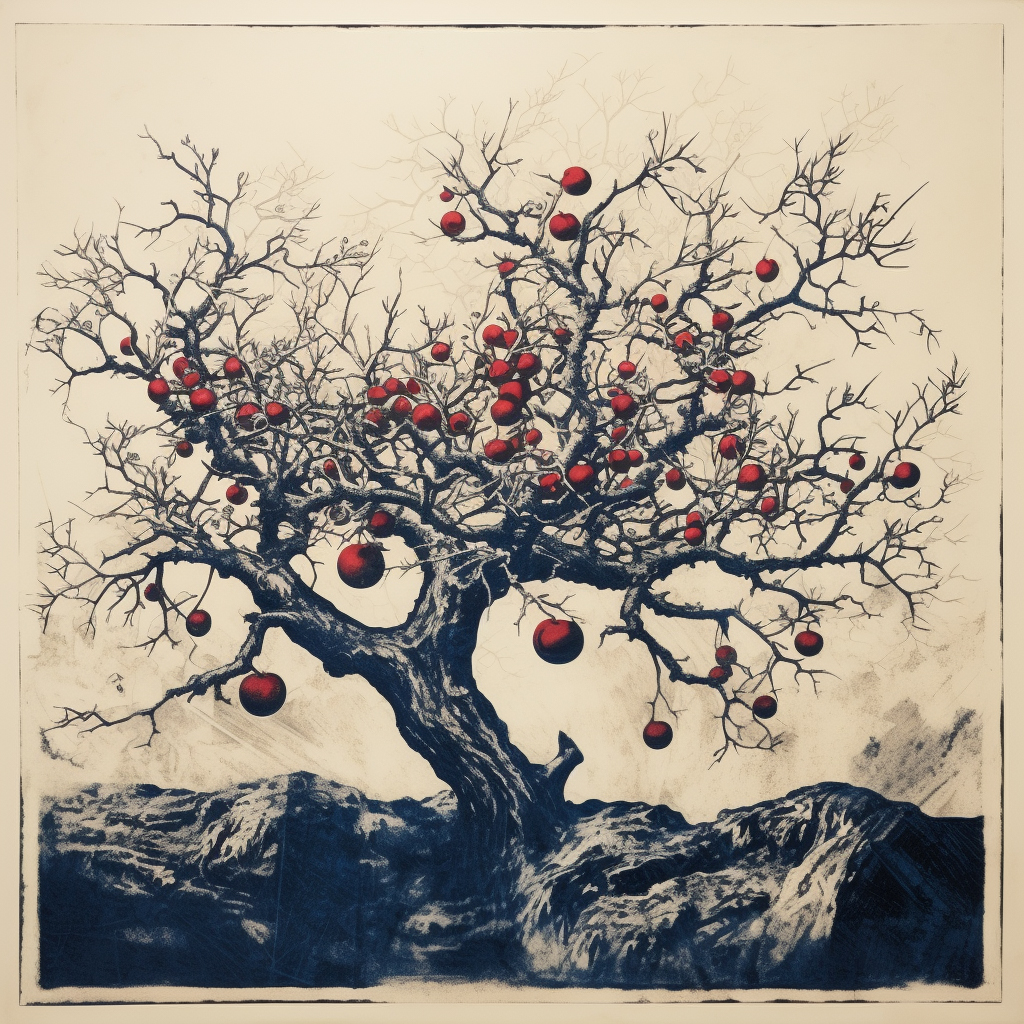
Should we expect those people we have memorialized to be perfect? “He is the Rock, his works are perfect, and all his ways are just. A faithful God who does no wrong, upright and just is he.” (Deuteronomy 32:4) The Bible states that God is perfect, and given that He created men and women in…
-
The Sin of our Fathers

So if we are able to be tolerant of our own imperfections and those of others around us, what about the sins of “our fathers”; those sins exercised by past generations, such as the atrocities done in war, colonization, repression, slavery, etc.? “The one who sins is the one who will die. The child will…
-
Forgetting the Past

The importance of breaking with the cycle of past sins is it opens the door to a transformation into something better. But should we forget the original sin? On the one hand, if we have clearly moved past the “sins of our fathers”, and broken the cycle, then there is no need to remember them;…
-
How do we Measure

Over the past few posts I have referred to “perfection” or “sin”. What does perfection mean? Should we measure “perfection” in terms of the “absence of mistakes?” While some actions can certainly be characterized as “mistakes,” often the determination is more subjective, in part because the benchmarks are fluid and fuzzy. The Bible acknowledges the…
-
Contrasting Past and Present

How does our current notion of perfection apply to how we interpret history and its manifestations, such as monuments, place names, institutional processes, among others? In Western societies, historical measures applied to how events, people, were assessed included biblical criteria — moral integrity, fealty to God and generally bettering one’s character. Today’s society is more…
-
Changing How We Interpret
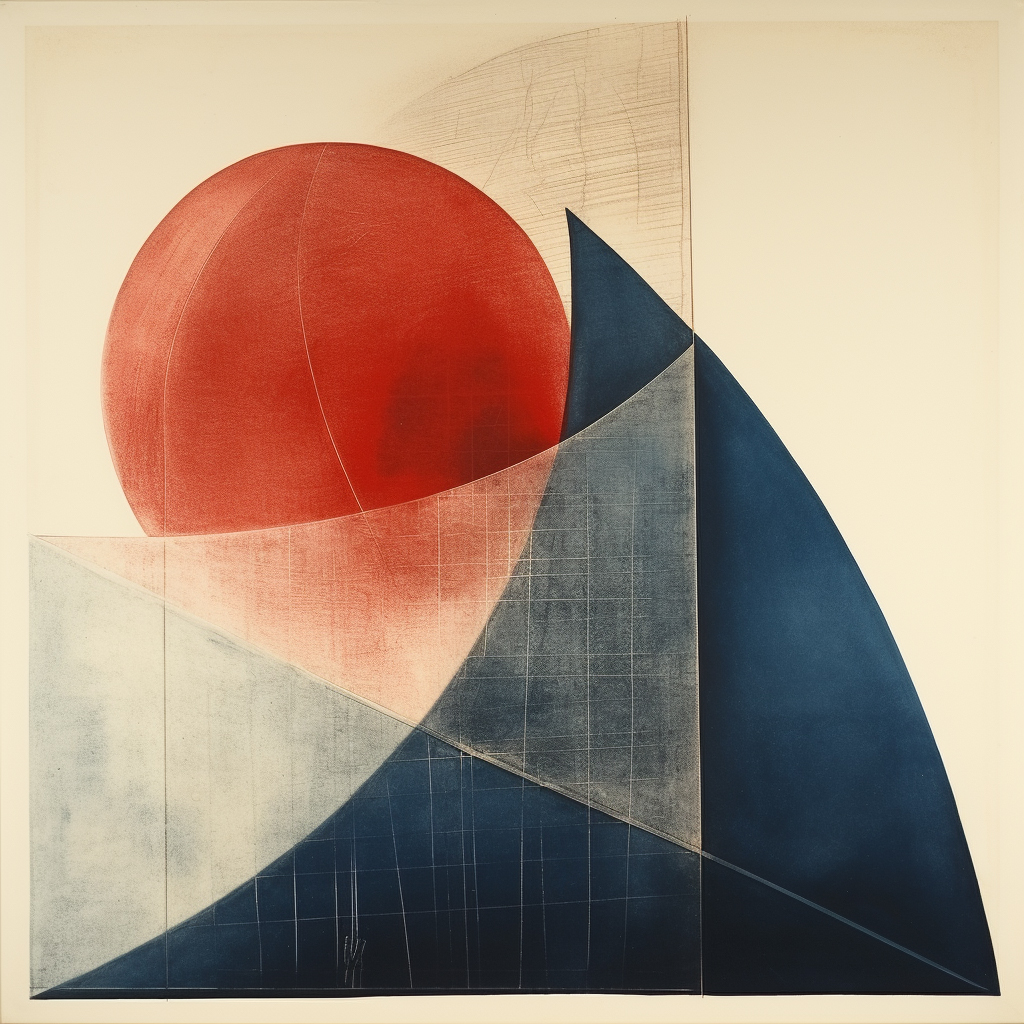
What is an explanation for our different interpretations of events? Why were once acceptable things now unacceptable? A key change might be broadly encapsulated in the shift from “Universality” to the more “Contextual”; the shift from a focus on universal principles to a more context-sensitive approach in ethical theories. This can be seen as reflective…
-
Framing Monuments

It is often the purpose of monuments to celebrate successes, and in doing so, to bring together the community. The issue with some is they present a single, positive narrative, and leave unsaid any negative consequences for other members of the community. Such omissions are often hurtful to those who were on the receiving end…
-
Colonialism
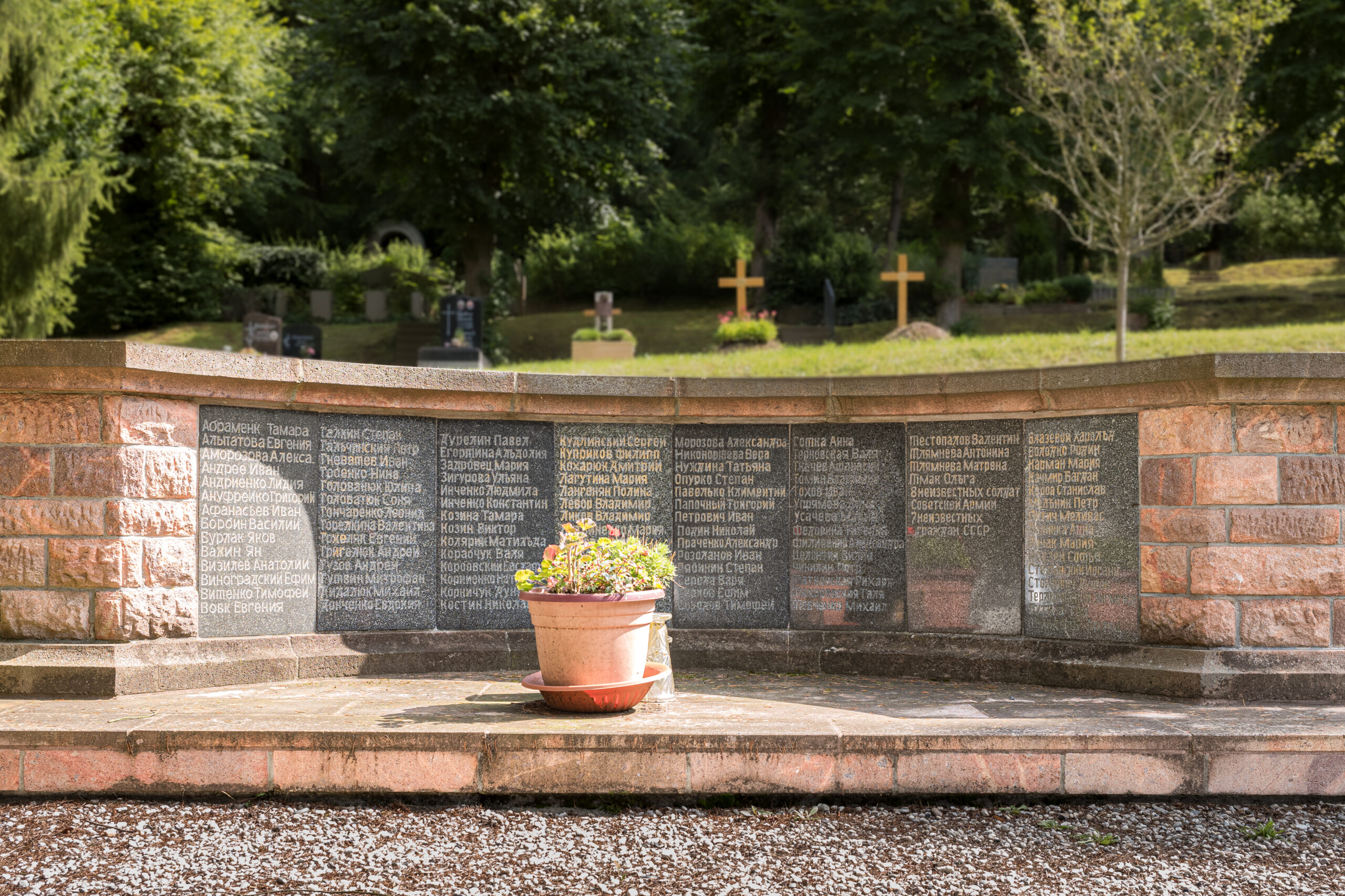
Colonization is a process that replaces indigenous peoples’ culture with those of the colonizer and puts in place institutions and mechanisms to perpetuate it. Colonization is not simply an act of taking over physical territory, it is also an act of taking over the mind. War Memorials, Sonneberg Germany It takes over the mind by…
-
The Role of Monuments in Colonization

Monuments offer interpretations of the past and play an outsize role in shaping historical narratives and shared memory. In the service of remembering the preferred narratives of their creators, they also can erase, deny, or belittle the historical experience of those who have not had the civic power or privilege to build them. Where inequalities…
-
Removing Monuments

While monuments are not history, they can and should be held accountable to history. Monuments that perpetuate harmful myths and that portray conquest and oppression as acts of valour require honest reckoning, conceptual dismantling, and active repair. National Monument Audit – Monument Lab (page 27) If we are to hold monuments accountable to history, then…
-
Who is Cancelling Culture?
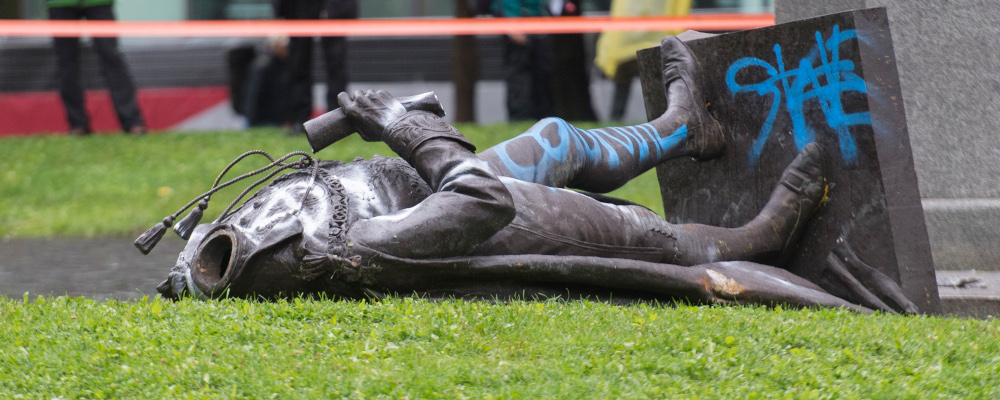
In an article in The Hub, “Parks Canada chooses identity politics over giving Sir John A. Macdonald his due“, Senior Fellow at the Macdonald-Laurier Institute and Professor of Politics and Public Administration at Toronto Metropolitan University, Patrice Dutil criticizes Parks Canada for its portrayal of Sir John A. Macdonald at Bellevue House, arguing it diminishes…
-
John A. MacDonald vs. George Washington
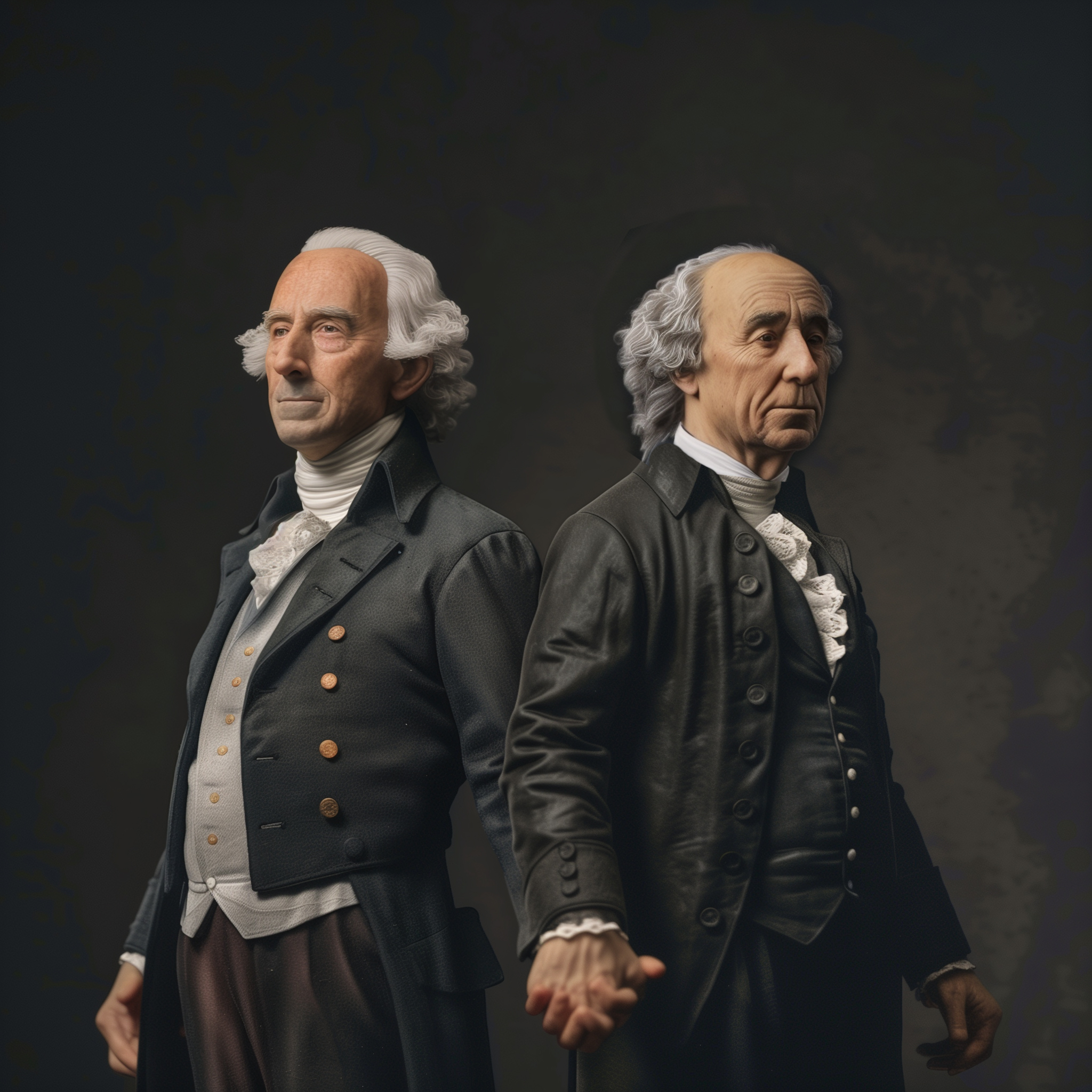
Though not contemporaries, they are both recognized as Fathers of a nation: George Washington for those United States and John A. MacDonald as Canada’s Father of Confederation. Like any historical figure, each of these men has a story associated with them. As with the stories of many historical figures, these ones told — the ones…
